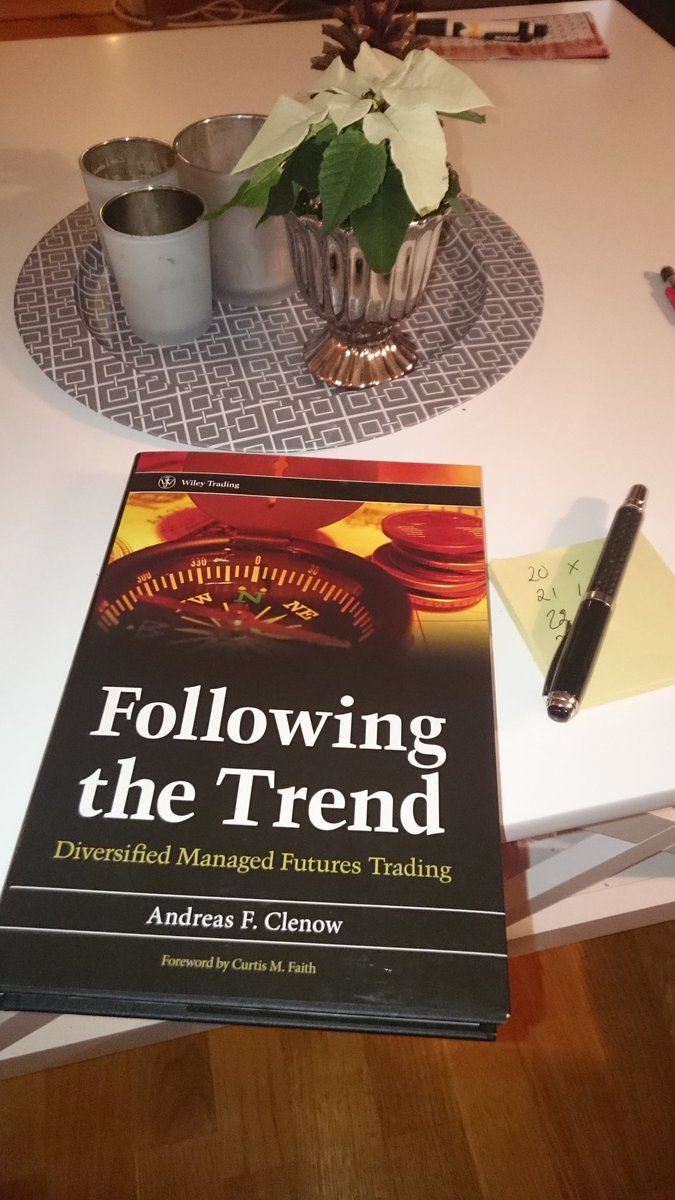
When u lose the fear & anxiety on an entry, u can start winning. Why not? U have no control over the outcome!


 John Price, author of The Conscious Investor: Profiting from the Timeless Value Approach (Wiley, 2011), began his career as a research mathematician and for thirty-five years taught math, physics, and finance at universities around the world. He then morphed into an entrepreneur, developing stock screening software that emulates Warren Buffett’s investing strategies. And, as is evident from this book, he didn’t neglect his writing skills. He proceeds with the analytical precision of a mathematician but with the facility and clarity of a careful wordsmith.
John Price, author of The Conscious Investor: Profiting from the Timeless Value Approach (Wiley, 2011), began his career as a research mathematician and for thirty-five years taught math, physics, and finance at universities around the world. He then morphed into an entrepreneur, developing stock screening software that emulates Warren Buffett’s investing strategies. And, as is evident from this book, he didn’t neglect his writing skills. He proceeds with the analytical precision of a mathematician but with the facility and clarity of a careful wordsmith.
Price describes over twenty methods of valuation. He explains the circumstances in which each method is most appropriate. He also evaluates each method’s strengths and weaknesses.
Here I am going to confine myself to describing the screen that underlies Price’s own investing system. He focuses on earnings forecasts, offering objective methods in place of the strategies of analysts, which are tainted with behavioral biases. Critically, he screens to find companies that are actually amenable to growth forecasts. They share three characteristics. “The first two, stable growth in earnings and stable return on equity, are based on histories of financial data taken from the financial statements. The third one, strong economic moat, is based on the ability of the company to protect itself from competitors.” (p. 292) Since many readers will be familiar with Warren Buffett’s notion of moats, I will discuss only the first two characteristics and how to measure them.
Price developed a proprietary function called STAEGR which “measures the stability or consistency of the growth of historical earnings per share from year to year, expressed as a percentage in the range of 0 to 100 percent. … STAEGR of 100 percent signifies complete stability, meaning that the data is changing by exactly the same percentage each year. The function has the feature of adjusting for data that could overly distort the result, such as one-off extreme data points, negative data, and data near zero. It also puts more emphasis on recent data.” This function is “independent of the actual growth. This means that whether a company has high or low stability of earnings is independent of whether the earnings are growing or contracting. In this way the two measures, stability and growth, complement each other in describing qualities of historical earnings.” (p. 294) (more…)
 ”You must have the ability to ntake responsibility for all of your own trades, and not look at the market as the reason for your loss.It simply is not worth it to get angry with the market….Instead, these traders learned the key to reducing losses and getting on the road to profits is to constantly analyze the trades one makes, and then learn from the mistakes.
”You must have the ability to ntake responsibility for all of your own trades, and not look at the market as the reason for your loss.It simply is not worth it to get angry with the market….Instead, these traders learned the key to reducing losses and getting on the road to profits is to constantly analyze the trades one makes, and then learn from the mistakes.
Controlling your emotions is key because you cannot win every trade. Successful traders know that they will lose some of the time. By having a risk management/trading plan they can avoid major losses and enjoy their profits.
Take note of this quote! It makes a valuable point!




“I know it may sound strange to many readers, but there is an inverse relationship between analysis and trading results. More analysis or being able to make distinctions in the market’s behavior will not produce better trading results. There are many traders who find themselves caught in this exasperating loop, thinking that more or better analysis is going to give them the confidence they need to do what needs to be done to achieve success. It’s what I call a trading paradox that most traders find difficult, if not impossible to reconcile, until they realise you can’t use analysis to overcome fear of being wrong or losing money. It just doesn’t work!”
“If you really believe in an uncertain outcome, then you also have to expect that virtually anything can happen. Otherwise, the moment you let your mind hold onto the notion that you know, you stop taking all of the unknown variables into consideration. Your mind won’t let you have it both ways. If you believe you know something, the moment is no longer unique.”
“There is a random distribution between wins and losses for any given set of variables that defines an edge. In other words, based on the past performance of your edge, you may know that out of the next 20 trades, 12 will be winners and 8 will be losers. What you don’t know is the sequence of wins and losses or how much money the market is going to make available on the winning trades. This truth makes trading a probability or numbers game. When you really believe that trading is simply a probability game, concepts like “right” and “wrong” or “win” and “lose” no longer have the same significance. As a result, your expectations will be in harmony with the possibilities.” (more…)
Nice Book ,Must Read it !
